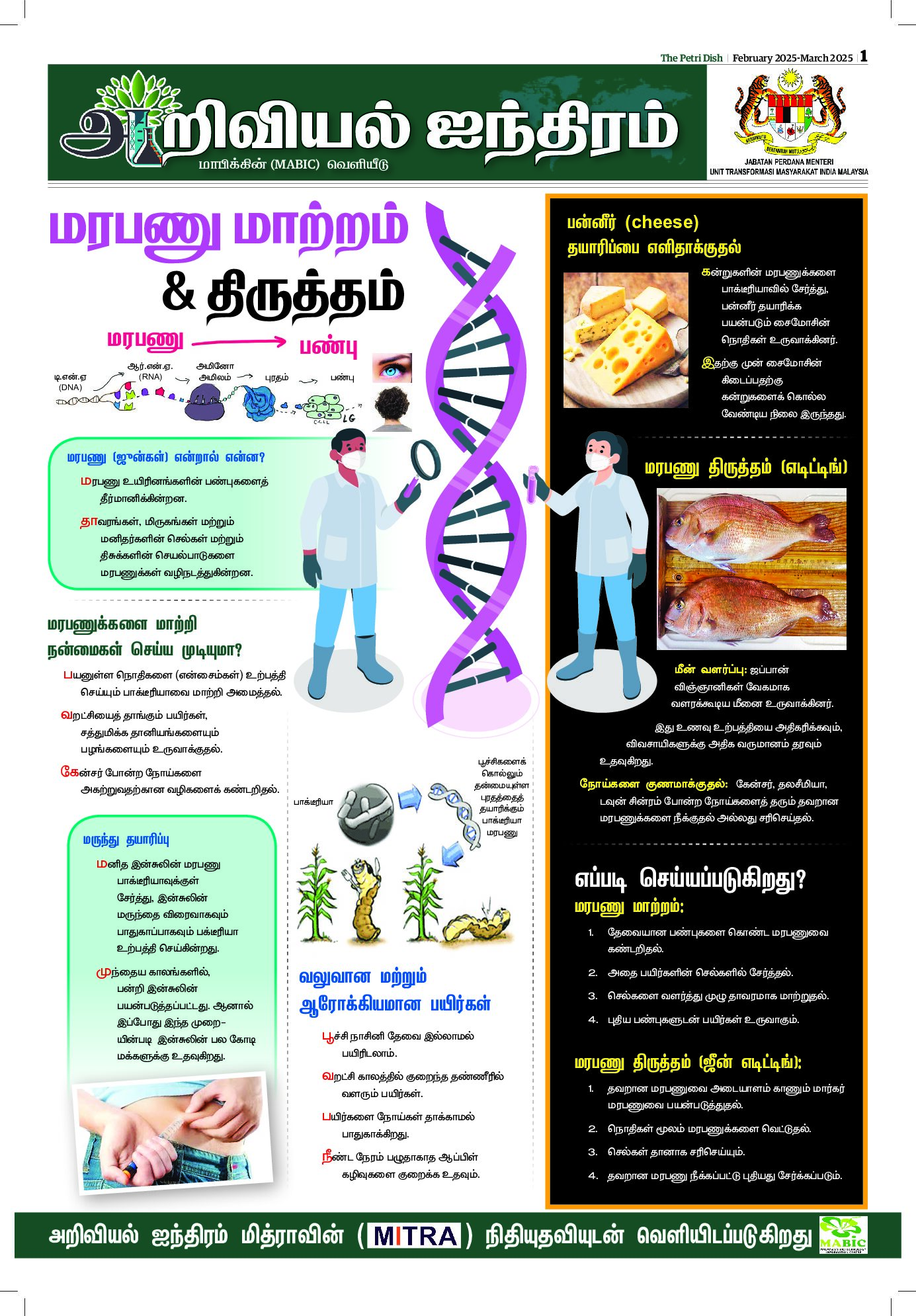UNIVERSITI SAINS MALAYSIA (USM) and BIOGENES TECHNOLOGIES (Biogenes), a Malaysian tech company known for its aptamer-based diagnostic technology jointly participated in two conferences in the United Kingdom (UK) recently.
Dr Shazana Hilda Shamsuddin, a pathology researcher from USM and Teffanie Arputheraj, Aptamer Lead from Biogenes attended Oligo 2023 and Aptamer 2023 held at the prestigious Oxford University. Organised annually by the International Society on Aptamers, these two conferences covered various aspects of research and applications in the field of aptamers.
In her presentation, Teffanie spoke on Biogenes’ work in using Aptamer Computer-Aided Design (APTCAD), the in silico technology platform developed by the company to design aptamers towards the specific oncoprotein targets of human papillomavirus (HPV) which causes cancer of the cervix.
“Aptamer is a synthetic analogue antibody that replaces animal-derived antibodies that are created in the lab by cloning animal cell lines. It is a better alternative because no single animal is harmed, has a more stable nature and a pointed degree of accuracy compared to antibodies,” said Teffanie.
Shazana who works on a diagnostic pathology platform in histochemistry, presented on the use of aptamers to replace antibodies on tissue staining. She told the audience that the aptamers would be the perfect fit to detect the presence of HPV persistent infection in normal and cancerous cervical tissue samples. She added that precise detection is important to accurately diagnose cervical cancer because not all HPV cause cervical cancer.
“With Biogenes’ expertise in the field of aptamers, we hope to develop an aptamer-based screening kit that can differentiate HPV infections that causes cancer just by a simple urine test. This will definitely help increase the compliance rate of HPV screening to Malaysia’s target of 80%. In the two UK conferences, we shared the validation test result using the aptamer that we designed via APTCAD. Our findings showed that the aptamer does not only penetrate through the cell but it also stained the E6 oncoprotein of HPV 16 inside the cell nucleus,” Shazana elaborated.
“It shows a high level of detection and accuracy compared to antibody-based detections. Oncoprotein is the protein that transforms normal cells into cancer cells,” Teffanie explained.
“What made Biogenes stand out during both the conferences is aptamers are not designed via conventional wet lab method, but by using APTCAD computer modelling, that can be downloaded and printed for lab validation in any part of the world,” said Teffanie.
“In the conference, most delegates were taken aback, because they are still working with SELEX, the expensive and tedious way of producing aptamers. From the conference, I saw we are a step ahead by digitalising aptamer with our very own computer modelling platform APTCAD,” she added.
“I could sense a bit of scepticism among the delegates as we are designing aptamers using computers instead of a lab, but I took the opportunity to enlighten them further during the networking session.”
“Apart from presenting our innovation, attending these international conferences also add value to our expertise and expanded our horizon to delve further into the science of aptamer,” she said.
“Although aptamer has emerged as a viable approach to develop diagnostic kits, aptamers as a therapeutic agent is also gaining rapid progress. An expert from Spain presented aptamers as a delivery tool for the treatment of childhood cancer, while another expert from Australia is developing a platform technology that crosses the blood-brain barrier to deliver drugs to cancer cells in the brain.”
“We also came across, experts who are doing in-depth studies to explore the chemical diversity of aptamer interactions and its secondary structures.
“Studying the characterisations allows diverse modifications of aptamers for various applications,” said Teffanie.
“I believe our participation has created a lot of visibility for Biogenes and it served as a window of opportunity to expand our network. We are also stamping our mark that Malaysia is being on par with advances in aptamer technology globally,” said Teffanie.










